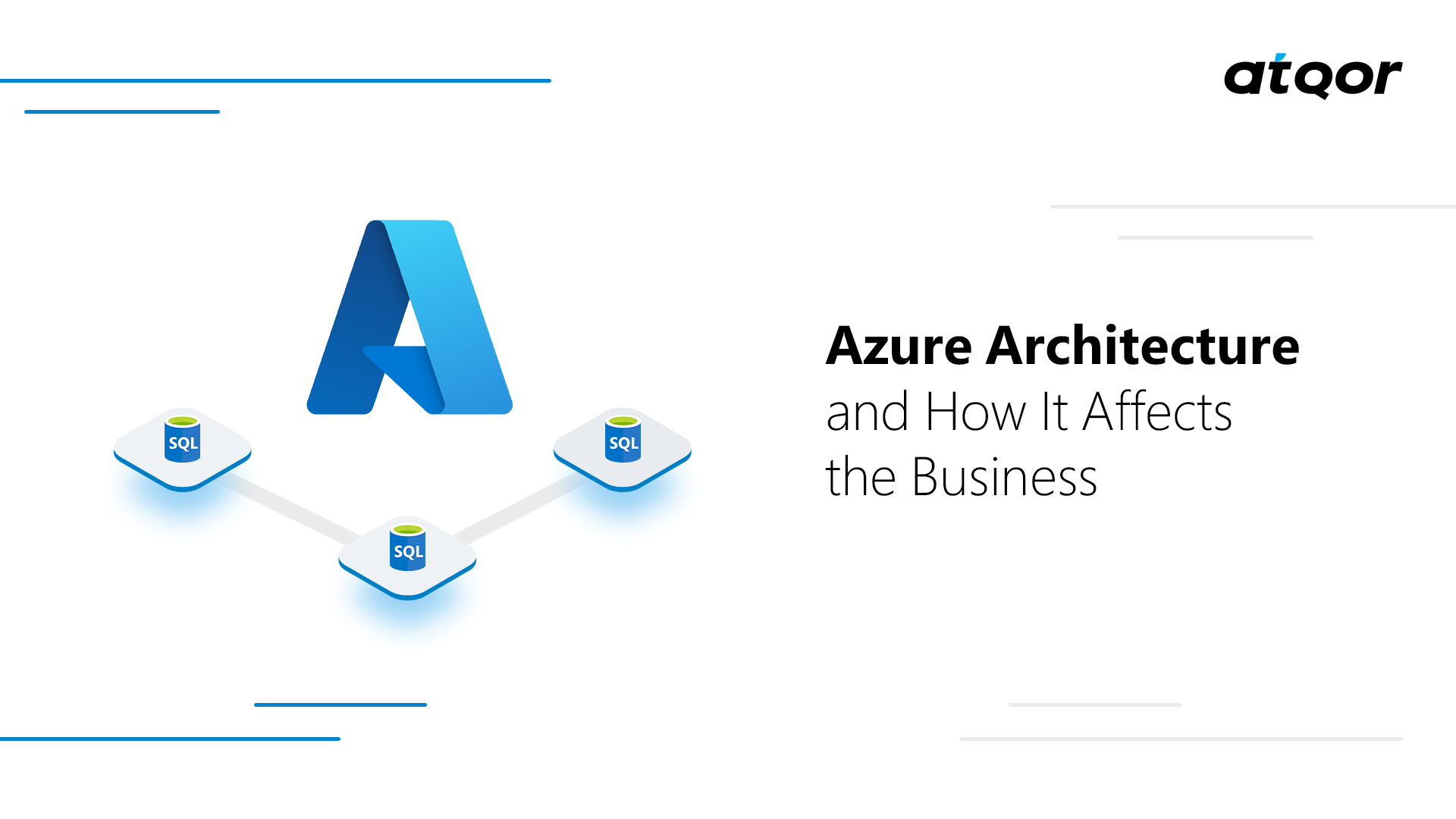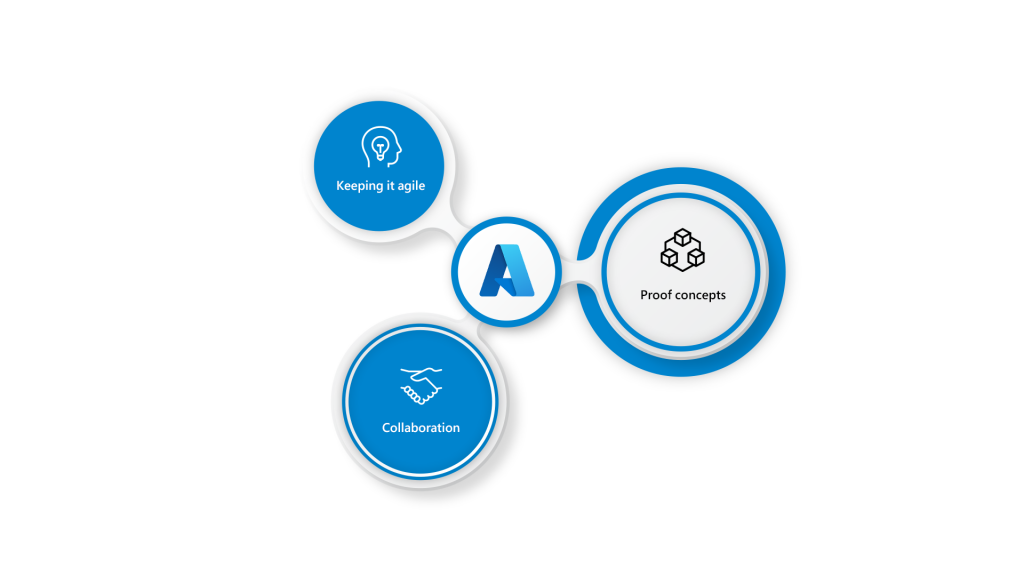September 6, 2021 | Digital Marketing, Azure

Microsoft azure depends on visualization, which is an imitation of computer hardware into software. By mapping software instructions like hardware instructions, virtualized hardware can use software to function and feel like ‘real’ hardware.
Non-functional requirements (NFR’s) are the key inputs to the design phase from a platform perspective. Without the knowledge of RTOs, RPOs, other key performances, and security requirements, it is impossible to make key design decisions about the target Azure architecture. NFRs agreed upon by the business are perhaps the most critical success factor, and also, they are important later as a part of non-functional testing. Having these defined early on confirms traceability through the project.
Acquiring these NFRs is an organizational challenge as there may be multiple teams within the company accountable for different areas. Application owners might be concerned about RTOs and RPOs, operations might be interested in recoverability, and security teams may have their own requests.

Generally, azure design and architecture are commonly discussed, but depending on the project, the details can vary. Knowing what you want and how you want it helps know the target architecture and key design concerns.
A large number of available services make it difficult to know where to start. But breaking down the solution into larger, more convenient building blocks such as compute, data, network, etc., can be helpful.
All the above factors feed into the actual artefacts and deliverables that we create throughout the project. Confirm the target audience and stakeholders before writing the design document.
Below are some of the most common design artefacts and their purpose:
It is an ideal type for including design principles and a statement of intent. This document is an ideal spot to tie conclusions back to individual NFRs.
The HLD expands upon the Architecture Overview and provides next-level details. It covers areas such as resource groups, VNETs, environments, Configuration of each Azure service. It also covers performance, regional resiliency, availability zones, disaster recovery, and backups.
Traditional Low-level designs are not being created as much now as the HLD has sufficient details. The advantages of Wikis are that they are easily maintained and accessible. They are useful for information like:
These are various things needed to build an Azure architecture, and it becomes a daunting task. It can be tempting to have a big list of cool services you wish to implement. But not everything can be done by the IT department. Software architecture outsourcing can be a valuable strategy in such situations, enabling organizations to leverage external expertise and resources to design and implement complex Azure architectures effectively.
You need Azure experts to work on it to get the correct results timely. atQor is one of the leading IT companies with great expertise in Azure. It has been dealing with this solution for a decade with multiple clients worldwide.
We here at atQor have experts with specializations in Azure and Azure architecture. We have a satisfied client base in the field with amazing results and returns.
Our experts help you with each step of the process, right from designing to artefacts to hosting to achieving wanted results. They guide you at every step and are ready to help you with your goals.
As an organization, we work with a concentration to build up the Microsoft Azure expertise and have accomplished the Microsoft Gold Partner status since the year 2004, which talks about our capability in Microsoft Technologies.
Thus, hiring atQor would be a great start to building your Azure architecture.